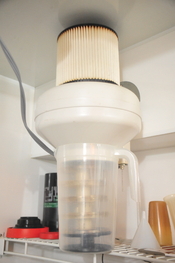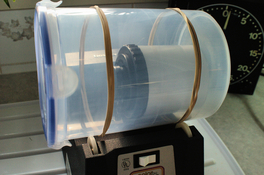Hello,
I am beginner at film photography with desire to learn to develop film at home. I did some research between Jobo systems, Paterson and SS tanks and I am considering to choose Jobo because I have read that Paterson or SS tanks may leak sometimes. Can anyone who have experience admit or deny it? Next I have read about rotation developing process and because my budget is very limited I was very happy to find out about Cibachrome film roller or Unicolor Uniroller 352/352-2 but I am not sure if this is the best way to develop B&W film with respect to quality. I want to choose rotation method because by choosing it I could save chemistry. I've read that Paterson tanks can also be used with rotation method even though they weren't created for that. To summarize, my purpose is to learn to develop B&W films at home and before making any actions I want to ask - can B&W film quality developed with rotation method be as good as B&W film developed with hand-inversion method?
Thank you!
I am beginner at film photography with desire to learn to develop film at home. I did some research between Jobo systems, Paterson and SS tanks and I am considering to choose Jobo because I have read that Paterson or SS tanks may leak sometimes. Can anyone who have experience admit or deny it? Next I have read about rotation developing process and because my budget is very limited I was very happy to find out about Cibachrome film roller or Unicolor Uniroller 352/352-2 but I am not sure if this is the best way to develop B&W film with respect to quality. I want to choose rotation method because by choosing it I could save chemistry. I've read that Paterson tanks can also be used with rotation method even though they weren't created for that. To summarize, my purpose is to learn to develop B&W films at home and before making any actions I want to ask - can B&W film quality developed with rotation method be as good as B&W film developed with hand-inversion method?
Thank you!








